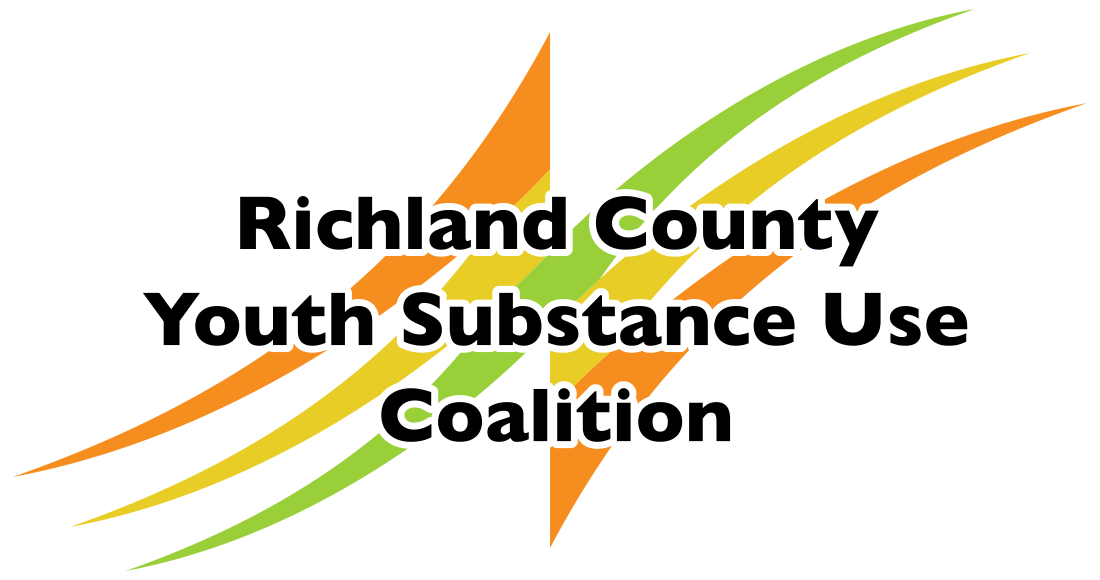MANSFIELD, OH — The new Richland County Youth Substance Use Coalition held its first meeting last week, kickstarting what could be a decade-long program aimed at decreasing teen substance abuse.
Julie Chaya, director of health education and promotion for Richland Public Health, said the team’s primary emphasis will likely be teen use of alcohol, opiates, marijuana and vapes.
The coalition is led by Richland Public Health and funded through a grant from the Drug-Free Communities Support Program, directed by the White House Office of National Drug Control Policy.
Richland Public Health announced its participation in the program last October. As a DFC grant recipient, Richland Public Health is eligible to receive $125,000 per year for 10 years to put towards the coalition’s efforts, which will be targeted to students at Mansfield Middle and Mansfield Senior High School.
“We decided to focus on the city of Mansfield specifically since it had the highest level of need,” said Chaya.
DFC-funded coalitions seek to find locally-relevant solutions by bringing together people from various backgrounds, including community leaders, youth, parents, teachers, religious and fraternal organizations, healthcare and business professionals, law enforcement and media.
“That’s the benefit of a coalition in general, you have so many perspectives coming together,” said Tracee Anderson, executive director of Community Action for Capable Youth.
Throughout its duration, the coalition will focus on data collection, education and solutions.
Valerie Rust, founder and intake coordinator for the Starfish Project of Richland County, said early intervention is key to preventing substance abuse.
“I know we focus on a lot of other issues right now going on in our country, but this is still an ongoing thing. This isn’t going away,” she said. “When you can start with the youth and address it at the beginning of their addiction, you have a higher probability of making a difference in the outcome.”
Chaya noted that while there are numerous collaboratives and projects in Richland County aimed at helping adults with treatment and recovery, there aren’t as many resources for teens. There’s also a lack of up-to-date information on youth substance abuse in the area, so the coalition will begin its efforts with a data-gathering phase.
“We’re kind of starting that foundation from the ground up,” Chaya said. “Over the next six to 12 months we’re going to be digging in deep, getting that data and then finding solutions that we can implement into the programming and policy in the community.”
Anderson said ongoing data collection is also important because the methods and types of substance abuse are always evolving.
“The threats of new and different chemicals are always around us,” she said. “Chemicals change. There are some that are constant, like alcohol, and sometimes we forget that it’s still a threat.”
Article available on Richland Source
